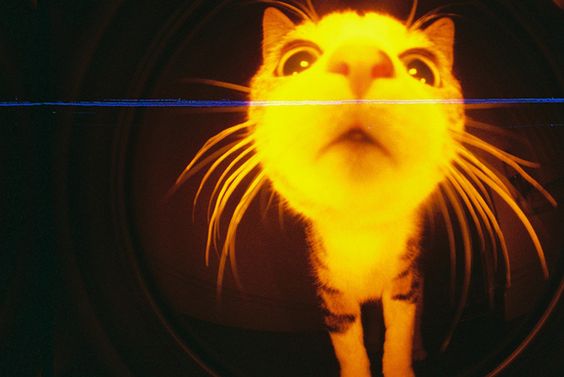Cats have fascinated humans for millennia with their mysterious behavior, keen instincts, and independent nature. While dogs are often seen as easier to understand due to their expressive behavior, cats communicate in more subtle, complex ways. But behind that elusive nature, there’s a fascinating world of feline cognition. Let’s explore how cats think and communicate, shedding light on their unique behaviors and the science behind them.
Cats’ Intricate Thought process
Cats are intelligent animals with a brain that, despite its small size, is 90% similar to the human brain. This similarity arises from the cerebral cortex—the part of the brain responsible for decision-making, problem-solving, and complex thoughts—which is highly developed in cats. Their cerebral cortex contains twice as many neurons as dogs’, about 300 million neurons compared to a dog’s 160 million.
This neural complexity enables cats to engage in advanced problem-solving, learning, and memory retention. Studies have shown that cats can remember events for up to 16 hours, much longer than dogs, which points to their ability to analyze and adapt to their surroundings in sophisticated ways. For example, a cat may observe the behavior of its owner or another pet and learn from it, adapting its own actions accordingly.
The Communication Puzzle
Unlike dogs, which communicate overtly through barking, cats rely more on body language, vocalizations, and subtle cues to express their emotions and needs.
- Body Language: A cat’s body tells much of its story. A flicking tail indicates irritation or heightened alertness, while a slow-moving tail or one wrapped around your leg signifies contentment or affection. The positioning of a cat’s ears is another strong indicator of its mood. Forward-facing ears mean the cat is curious and focused, while ears flattened to the side are a sign of fear or aggression.
- Facial Expressions and Eye Contact: Cats also use their eyes to communicate. Slow blinking is often referred to as a “cat kiss”—it’s their way of showing trust and affection. Returning a slow blink is a great way to communicate comfort to your cat.
- Vocalizations: Interestingly, cats have developed vocalizations mainly to interact with humans. In the wild, adult cats rarely meow at each other. Cats meow in different ways to convey various messages: a short, soft meow may signal greeting or contentment, while a loud, prolonged meow could indicate hunger, discomfort, or the need for attention. Purring, often associated with happiness, can also occur when a cat is anxious or even in pain, functioning as a self-soothing mechanism.
Are they Socially Aware?
Despite the common belief that cats are solitary animals, research shows they can be highly social, especially with humans. They may not display pack-like behavior as dogs do, but they form strong bonds with their human companions. This bond is based on mutual trust and affection. Cats are adept at reading human emotions and may even respond differently based on the mood of their owner. They are known to approach owners when they are sad or stressed, exhibiting behaviors like rubbing against the leg or sitting close by.
Researchers have observed that cats learn their owners’ routines and adjust their behavior to fit these patterns. For instance, a cat may position itself near the door at the time its owner usually returns home or remind its owner of feeding time with meows or gestures. These behaviors show an ability to learn and adapt within a human household.
Communication with Other Cats: A Different Language
While cats meow mainly for humans, they use different methods to communicate with other cats. Cats rely heavily on scent marking to establish territory and identify other cats. They rub their scent glands, located on their faces and bodies, against objects or other cats to leave behind pheromones—chemical signals that convey information about their identity, mood, and territory.
Vocalizations between cats are typically limited to hissing, growling, or chirping, with most communication occurring through body posture and facial expressions. Cats engage in rituals like slow circling and face-offs when meeting another cat, and they will interpret each other’s body language to decide whether to engage in a friendly interaction or to assert dominance.
The Science of Purring
Purring is one of the most recognizable cat sounds, but scientists have found that it serves multiple purposes beyond expressing contentment. Some research suggests that the frequency of a cat’s purr, typically between 25 and 150 Hz, may have healing properties. The low-frequency vibrations may promote the healing of bones and tissues, reduce pain, and decrease stress. This theory is supported by observations that cats often purr when they are injured, scared, or even close to death.
The Inner World of Cats
Understanding how cats think and communicate provides valuable insights into the ways they interact with their environment and with humans. While their behavior may seem aloof or independent at times, they are deeply attuned to their surroundings and capable of forming strong, meaningful relationships. Through a combination of advanced problem-solving, emotional sensitivity, and intricate communication strategies, cats reveal themselves to be far more complex than we often realize.
By studying the minds of these fascinating creatures, we not only enhance our relationships with them but also gain a deeper appreciation for the rich world of animal cognition.
written by MD Afif Mahtab




